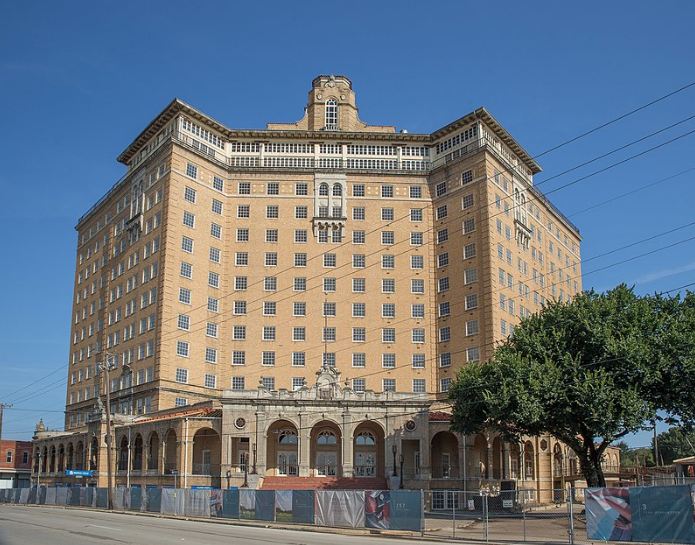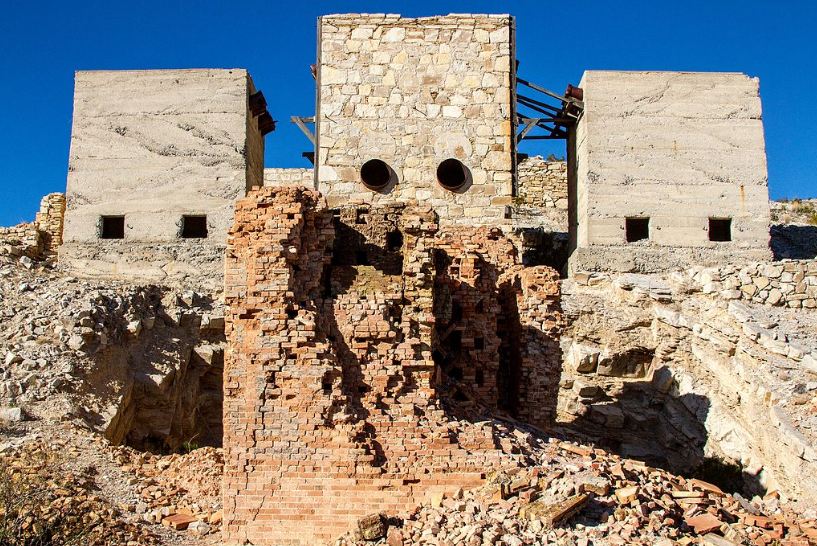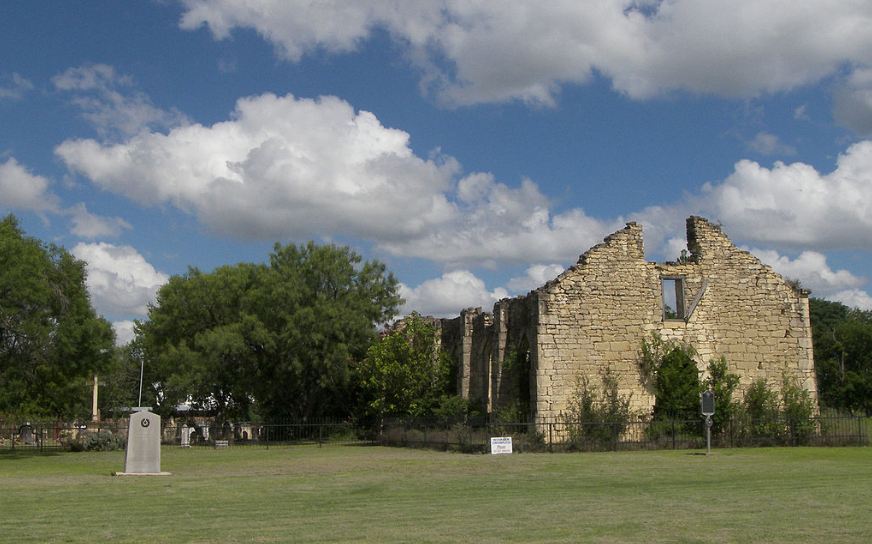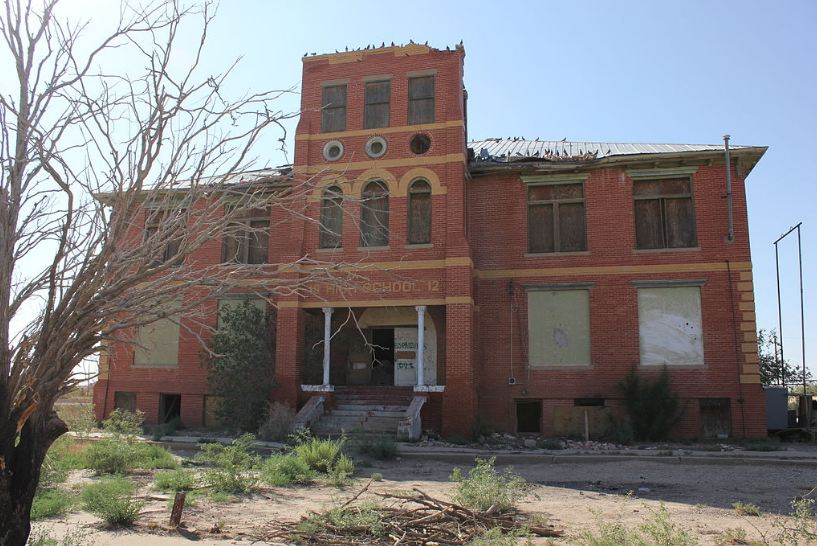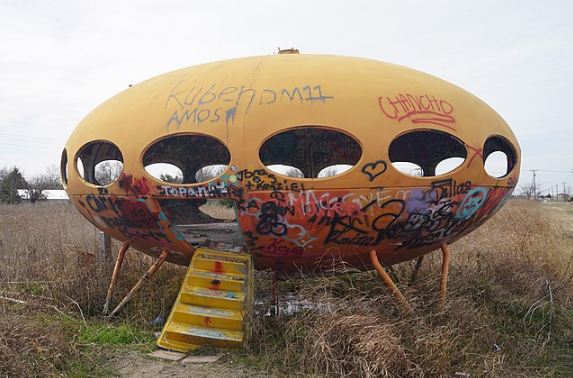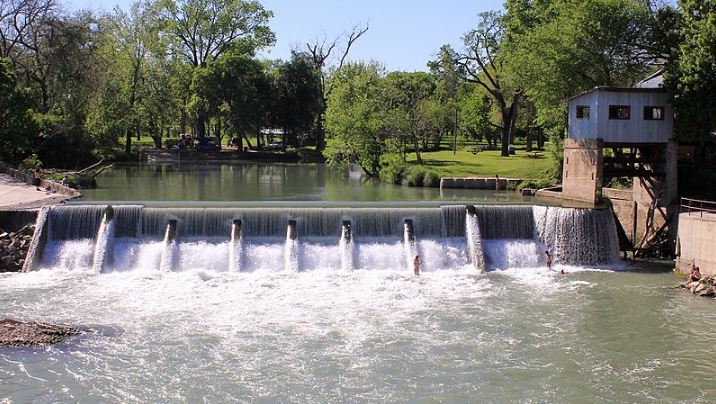Do you love visiting eerie and abandoned places? In an area as large as Texas, there’s a wealth of beautiful abandoned buildings and locations that will satisfy everyone who has a penchant for the spooky. Other people, while not fond of scary things, are into urban or rural exploration, and these places will also satisfy their curiosity. Many of these forgotten structures are now either left in the dust or devoured by trees, bushes, or moss.
More than just the stuff of nightmares, these old abandoned buildings are also photography favorites. They have even become preferred locations for professional fashion and pre-nuptial photoshoots! There’s a certain allure of these abandoned places that they’ve become popular tourist haunts despite their spooky reputation (or because of it) and a popular place to practice the hobby of parkour.
Include these some of these old, forgotten buildings in your Texas road trip:
Baker Hotel (Mineral Wells)
The Baker Hotel was built in 1929 and used to be a top-tier hotel and spa destination during the 1930s. But after World War II, business began to suffer, and the hotel was forced to close in 1963.
The hotel had a bowling alley, spa, ballroom, beauty shop, therapeutic springs, and around 450 luxurious suites.
It has been one of the favorite abandoned places in Texas and is considered one of the most favorite abandoned hotels in the state. You would expect to hear ghost stories that have been cropping up now and then. One of the most oft-told stories was the hotel owner’s mistress jumping off the balcony after learning that their affair was exposed. The 14-story hotel has been closed for over five decades, but recently there have been efforts of restoring it.
The abandoned hotel is registered as a Historic Place. You may do a self-guided walking tour with informational signs about the hotel and other attractions in Mineral Wells.
Mariscal Mine (Big Bend National Park, near Alpine)
Mariscal Mine was once a thriving cinnabar ore mine that provided almost a fourth of the country’s mercury from 1900 to 1943. All mineworkers were Mexicans who crossed the border to escape the trouble in their country. The miners built their own shelters made of rocks and brush. Eventually, they constructed more substantial homes as more money and materials were permitted. These structures have fallen into ruin.
The miners suffered hard labor that paid little, as well as health problems (such as falling teeth and respiratory illnesses) and even near-death due to regular exposure to mercury.
For those who wish to visit Mariscal Mine, it’s possible that there’s still a potential exposure to mercury radiation, although the level is relatively harmless. Wear appropriate shoes and bring lots of water and sunscreen when you plan to explore the place.
St. Dominic’s Catholic Church (D’Hanis)
The small and curious town of D’Hanis, known for its Alsatian community, is home to the ruins of St. Dominic’s Catholic Church. As you can see in the picture above, the walls are what’s only left of this church, which is now occupied by weeds and tall bushes.
D’Hanis was named after Count von D’Hanis, who founded the town in the mid-1840s. Its church used to have a grand appearance attended by a large gathering of parishioners. The grave markers of its cemetery provide evidence that it existed in that location. The stone engravings provide visitors a fascinating glimpse into the lives of the town’s residents, many of them from Germany and France. It is now part of a ghost town in Old D’Hanis and a popular historical attraction. If you’re into visiting abandoned churches, include this on your bucket list.
Rig Theater (Wink)
First of all, there’s a small town in Texas that has a rather funny name: Wink. You can expect this hot and desolate town, with a population of less than a thousand, to have a handful of places worthy of one’s curiosity. One of them is the Rig Theater, an abandoned cinema built in 1928. It is now registered as one of the Historic Places.
The late singer Roy Orbison used to hang around in this place when he was a kid. As a young man, Orbison performed there with his early bands, the Teen Kings and the Wink Westerners.
Wink residents have spun some paranormal stories about this empty and derelict theater, allegedly based on their own experiences. There are some stories about kids laughing inside the building, which is enough reason for you to bring your own ghost detector (and maybe some bottles of holy water) if you’re into this sort of thing. If you’re lucky, perhaps you will see Roy Orbison’s apparition revisiting his old childhood haunt… who knows!
Toyah High School and other abandoned buildings (Toyah)
If you’re into visiting ghost towns, you should definitely check out Toyah. It is located in Reeves County and has a population of only around 100. But this harsh, sparsely-populated little town has a wealth of empty old buildings, derelict through many decades of neglect.
Present-day Toyah is a mere shadow of what was once a prosperous town. Several stores, banks, churches, schools, hotels, lumber yards, and a pharmacy served Toyah, whose population even rose to over a thousand. The famous aviator, Amelia Earhart, made an unscheduled stop to Toyah for a few days to fix her carburetor.
A tornado in 2004 left Toyah in deep ruins. Today, the small and desolate town is home to several decaying houses and structures and forgotten cars idly lying on the streets. But there are other (and earlier) reasons why Toyah went on a downward trend to become one of Texas’ notorious ghost towns.
Toyah High School, probably the town’s most popular abandoned building, stands as a mute witness to the town’s virtual demise through the decades.
The enormous red-brick school building was established for both grade school and high school students. But the Great Depression in the 1930s hit the town hard, and its population started to decline. It resulted in the merging of the Toyah School District with a nearby town, Pecos, leaving the school building vacant.
A Futuro house (Royse City)
It seems ironic that a house meant to be an innovation for the future is now a sad reminder of the past. We’re specifically talking about a Futuro house located along the State Highway in Royse City.
“Futuro” refers to a type of prefab housing conceived by Finnish architect Matti Suuronen. As the name implies, a Futuro house has an elliptical shape and indeed looks like a flying saucer. True to its design inspiration, the house comes complete with a hatch that resembles the one you see from an aircraft and spacecraft. These quirky-looking dwellings were built from the 1960s through the 1970s. Other than aesthetic purposes, these houses were intended to provide inexpensive and durable housing for any type of environment. The pieces can be disassembled and reassembled in a new location if the owner so desires.
Looks like it’s a fun house to live in, right? You get to live out your science-fiction fantasies. But unfortunately, Futuro houses failed to take off for a couple of big reasons. First of all, it’s the unusual building material, the fiberglass-reinforced polyester plastic. The public didn’t seem to embrace housing made of unfamiliar material, let alone plastic. They didn’t like the idea of living inside a plastic house out of environmental concerns. Second, it’s the unconventional design. Sure, it’s a cool-looking house. But maybe except for quirky science fiction fans, who wants to live in a home that looks like a spaceship?
There are many abandoned Futuro houses dotting in many parts of the world. Be sure to check out this interesting house when you’re in Royse City.
Zedler Mill (Luling)
Zedler Mill (or Zedler’s Mill) is a mill complex, built in 1874 along the San Marcos River. It is now a part of a community park in Luling, but there’s still the undeniable eeriness when you check out the place.
Originally, the complex consisted of a grist mill and sawmill, as well as a stone dam across the river. A decade later, the owners added a cotton gin. The mill flourished for several decades and even became a source of power for the community. But eventually, advances in modern technology left the mills behind, and they closed down their operations for good in the 1960s.
Stories of workers who lost their lives while operating the mills’ machinery sound unnerving enough, although none of these has been verified.

